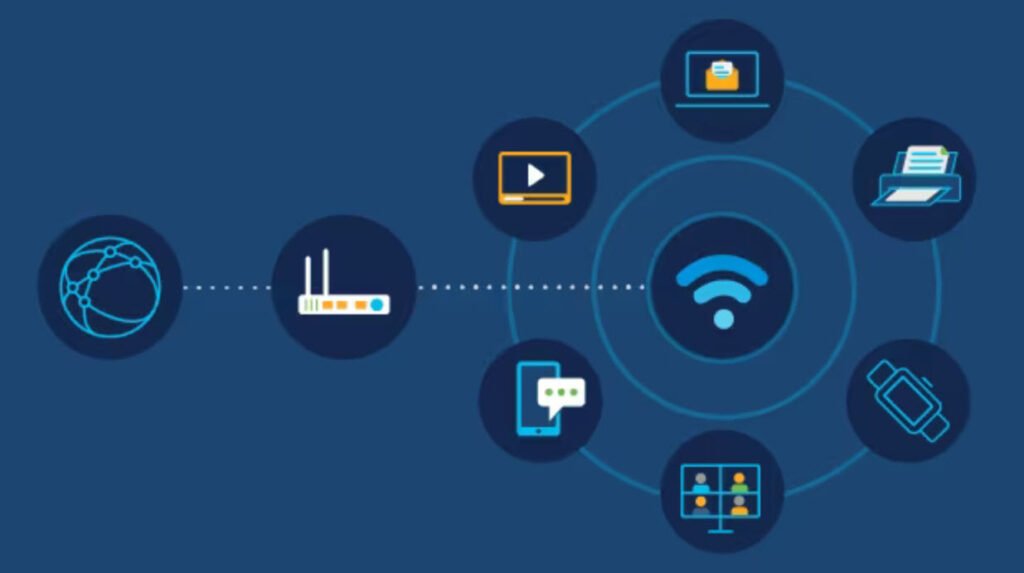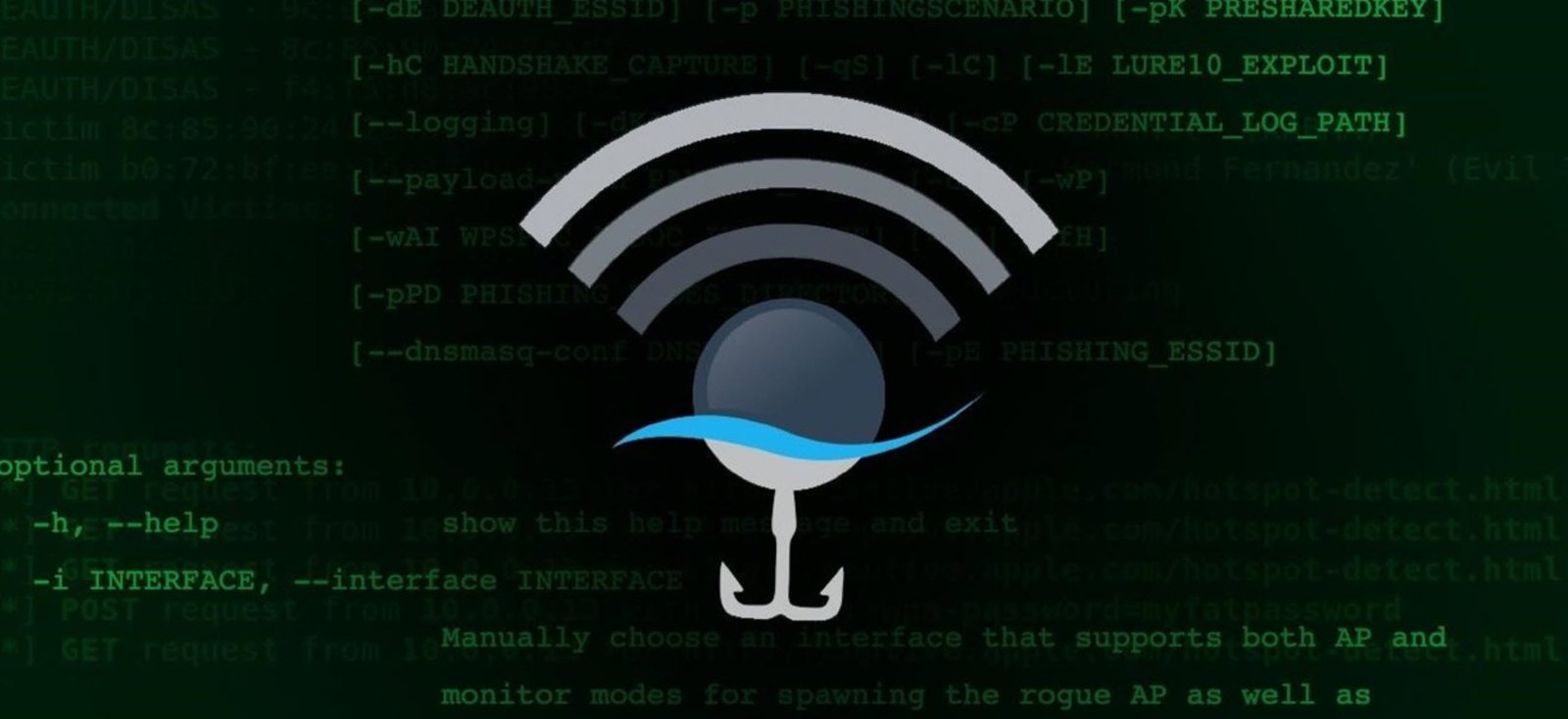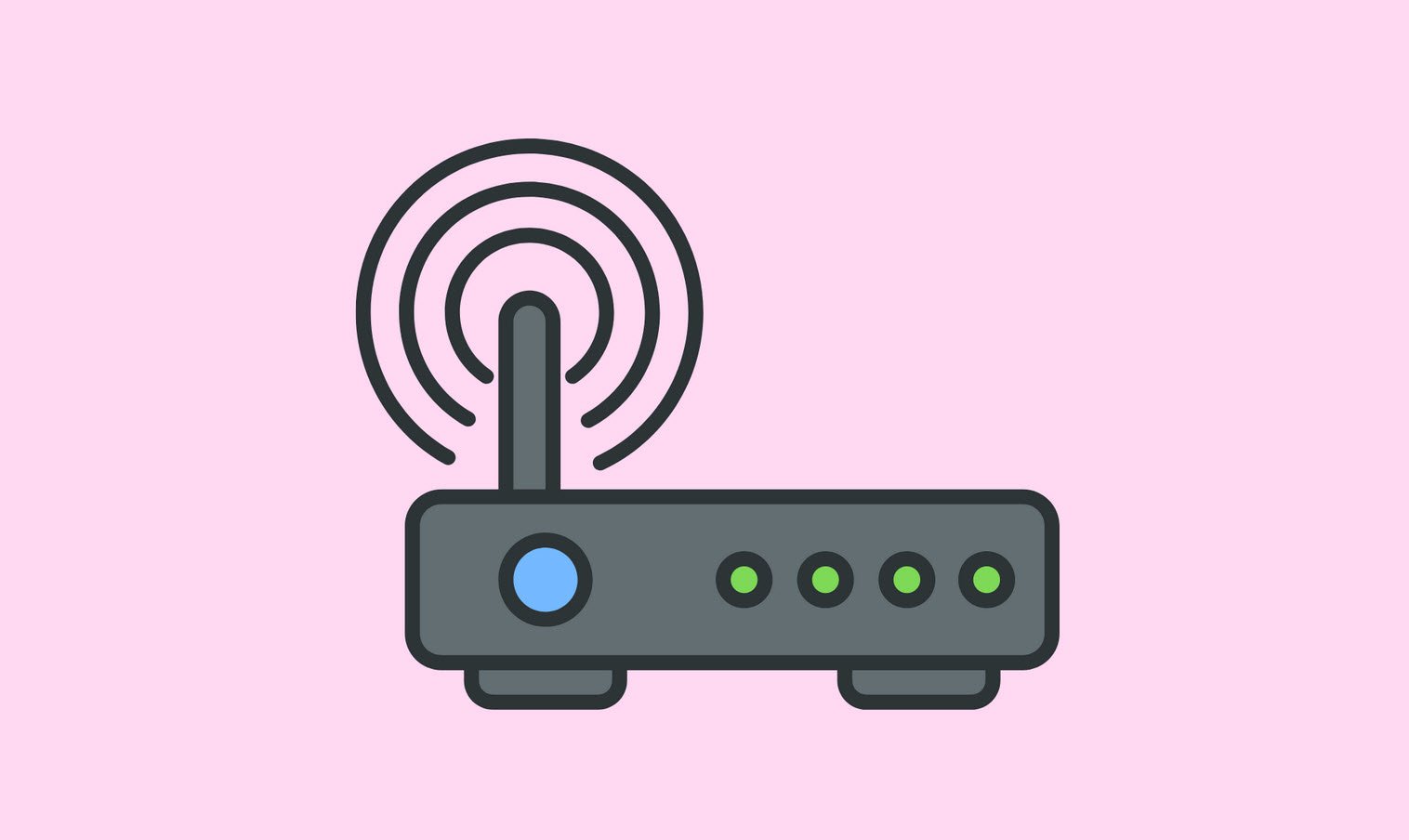
In the fast-paced world of technology, wireless networking has become an integral part of our daily lives. From connecting our smartphones to the internet to powering smart home devices, wireless networks have revolutionized the way we interact with the digital world. As with any technical domain, wireless networking comes with its fair share of jargon and abbreviations.
In this article, we will unravel the mystery behind these common wireless networking-related abbreviations, empowering you to navigate the wireless landscape with ease.
| 1 | 3GPP | Third Generation Partnership Project |
| 2 | AAA | Authentication, Authorization, and Accounting |
| 3 | ADSL | Asymmetric Digital Subscriber Line |
| 4 | AIPN | All-IP Networks |
| 5 | AN | Ambient Networks |
| 6 | AODV | Ad Hoc On-Demand Distance Vector |
| 7 | API | Application Programming Interface |
| 8 | BAN | Body Area Network |
| 9 | CA | Certification Authority |
| 10 | CAN | Community Area Network |
| 11 | CBB | Counter-Based Broadcasting |
| 12 | CMI | Context Management Interface |
| 13 | CMN | Context Management Node |
| 14 | CoA | Care-of Address |
| 15 | CPFP | Certified PN Formation Protocol |
| 16 | CRL | Certificate Revocation List |
| 17 | CS | Certificate Server |
| 18 | CTS | Clear to Send |
| 19 | DA | Directory Agent |
| 20 | DAD | Duplicate Address Detection |
| 21 | DB | Database |
| 22 | DCF | Distributed Coordination Function |
| 23 | DHCP | Dynamic Host Configuration Protocol |
| 24 | DHT | Distributed Hash Table |
| 25 | DME | Device Management Entity |
| 26 | DNA | Detecting Network Access |
| 27 | DNS | Domain Name System |
| 28 | DoS | Denial-of-Service |
| 29 | DSDV | Destination-Sequenced Distance-Vector Routing |
| 30 | DSL | Digital Subscriber Line |
| 31 | DSR | Dynamic Source Routing |
| 32 | DYMO | Dynamic MANET On-Demand Routing Protocol |
| 33 | ECC | Elliptic Curve Cryptography |
| 34 | ER | Edge Router |
| 35 | ESP | Encapsulating Security Payload |
| 36 | ETT | Expected Transmission Time |
| 37 | ETX | Expected Transmission Count |
| 38 | EWMA | Exponentially Weighted Moving Average |
| 39 | FA | Foreign Agent |
| 40 | FIFO | First In First Out |
| 41 | FMIPv6 | Fast Handover for Mobile IPv6 |
| 42 | FP6 | Sixth Framework Programme |
| 43 | FSP | Flooding with Self-Pruning |
| 44 | GENA | General Event Notification Architecture |
| 45 | GLL | Generic Link Layer |
| 46 | GPS | Global Positioning System |
| 47 | GSM | Global System for Mobile Communication |
| 48 | HA | Home Agent |
| 49 | HDMI | High Definition Multimedia Interface |
| 50 | HI | Host Identifier |
| 51 | HIP | Host Identity Protocol |
| 52 | HMIPv6 | Hierarchical Mobile IPv6 |
| 53 | i3 | Internet Indirection Infrastructure |
| 54 | ICMP | Internet Control Message Protocol |
| 55 | ICT | Information and Communication Technology |
| 56 | IEEE | Institute of Electrical and Electronic Engineers |
| 57 | IETF | Internet Engineering Task Force |
| 58 | IKE | Internet Key Exchange |
| 59 | INR | Intentional Name Resolver |
| 60 | INS | Intentional Naming System |
| 61 | IP | Internet Protocol |
| 62 | IPC | Inter-Process Communication |
| 63 | IPsec | Internet Protocol Security |
| 64 | IrDA | Infrared Data Association |
| 65 | ISM | Industrial, Scientific, and Medical |
| 66 | ISTAG | Information Society Technologies Advisory Group |
| 67 | IST | Information Society Technology |
| 68 | LLAL | Link Layer Adaptation Layer |
| 69 | LLC | Location Limited Channel |
| 70 | LoC | Lines of Code |
| 71 | LQA | Link Quality Assessment |
| 72 | LTE | Long Term Evolution |
| 73 | MAC | Medium Access Control |
| 74 | MAC | Message Authentication Code |
| 75 | MAGNET | My Adaptive Global Net |
| 76 | MANET | Mobile Ad Hoc Network |
| 77 | MIH | Media Independent Handover |
| 78 | MMS | Multimedia Messaging Service |
| 79 | MOPED | Mobile Grouped Device |
| 80 | MPR | Multipoint Relay |
| 81 | MR | Mobile Router |
| 82 | MSMP | MAGNET Service Management Platform |
| 83 | MTM | Medium Time Metric |
| 84 | MTU | Maximum Transmission Unit |
| 85 | N3 | Notation 3 |
| 86 | NAPT | Network Address Port Translation |
| 87 | NAT | Network Address Translator |
| 88 | NEMO | Network Mobility |
| 89 | NEXWAY | Network of Excellence in Wireless Applications and Technology |
| 90 | NFC | Near Field Communication |
| 91 | NHDP | Neighborhood Discovery Protocol |
| 92 | OLSR | Optimized Link State Routing Protocol |
| 93 | P2P | Peer-to-Peer |
| 94 | PAC | Proximity Authenticated Channel |
| 95 | PACWOMAN | Power Aware Communications for Wireless Optimised Personal Area Network |
| 96 | PAN | Personal Area Network |
| 97 | PC | Personal Computer |
| 98 | PDA | Personal Digital Assistant |
| 99 | PDE | Personal Distributed Environment |
| 100 | PFS | Prioritized Flooding with Self-Pruning |
| 101 | PGP | Pretty Good Privacy |
| 102 | PKI | Public Key Infrastructure |
| 103 | PMH | Personal Mobile Hub |
| 104 | PN | Personal Network |
| 105 | PNCA | PN Certification Authority |
| 106 | PNDB | Personal Network Database |
| 107 | PNDS | PN Directory Service |
| 108 | PNF | PN Federation |
| 109 | PNNT | Personal Node Neighbor Table |
| 110 | PNP2008 | Personal Network Pilot 2008 |
| 111 | PNPA | PN Provisioning Administration |
| 112 | P- | PAN Private Personal Area Network |
| 113 | PRNET | Packet Radio Network |
| 114 | PVR | Personal Video Recorder |
| 115 | QoS | Quality of Service |
| 116 | ROAM | Robust Overlay Architecture for Mobility |
| 117 | RSSI | Received Signal Strength Indication |
| 118 | RTS | Request to Send |
| 119 | RVS | Rendezvous Server |
| 120 | SCMF | Secure Context Management Framework |
| 121 | SDN | Service Directory Node |
| 122 | SHAMAN | Security for Heterogeneous Access in Mobile Applications and Networks |
| 123 | SIM | Subscriber Identity Module |
| 124 | SLP | Service Location Protocol |
| 125 | SMN | Service Management Node |
| 126 | SMS | Short Message Service |
| 127 | SNR | Signal to Noise Ratio |
| 128 | SOAP | Simple Object Access Protocol |
| 129 | SPI | Security Parameter Index |
| 130 | SSDP | Simple Service Discover Protocol |
| 131 | STUN | Session Traversal Utilities for NAT |
| 132 | TCP | Transmission Control Protocol |
| 133 | TEP | Tunnel Endpoint |
| 134 | TLS | Transport Layer Security |
| 135 | TTP | Trusted Third Party |
| 136 | TURN | Traversal using Relay NAT |
| 137 | UCL | Universal Convergence Layer |
| 138 | UDP | User Datagram Protocol |
| 139 | UIA | User Information Architecture |
| 140 | UIP | Unmanaged Internet Protocol |
| 141 | UML | Unified Modeling Language |
| 142 | UMTS | Universal Mobile Telecommunications System |
| 143 | UPN | Universal Personal Networking |
| 144 | UPnP | Universal Plug and Play |
| 145 | USB | Universal Serial Bus |
| 146 | UWB | Ultra-Wide band |
| 147 | VoIP | Voice over IP |
| 148 | VPN | Virtual Private Network |
| 149 | WAN | Wide Area Network |
| 150 | WCETT | Weighted Cumulative ETT |
| 151 | WebDAV | Web-Based Distributed Authoring and Versioning |
| 152 | WiMAX | Worldwide Interoperability for Microwave Access, Inc. |
| 153 | WLAN | Wireless Local Area Network |
| 154 | WPA | Wireless Protect Access |
| 155 | WPAN | Wireless Personal Area Network |
| 156 | WRP | Wireless Routing Protocol |
| 157 | WSI | Wireless Strategic Initiative |
| 158 | WSN | Wireless Sensor Network |
| 159 | WWI | Wireless World Initiative |
| 160 | WWRF | Wireless World Research Forum |
| 161 | XACML | Extensible Access Control Markup Language |
| 162 | XML | Extensible Markup Language |
| 163 | X- | RBAC XML Role-Based Access Control |
These abbreviations are just a glimpse into the vast world of wireless networking. Familiarizing yourself with these common terms can help you better understand and troubleshoot wireless network issues, choose appropriate security settings, and make informed decisions when setting up or using wireless networks.
Embrace the wireless world with confidence, armed with the knowledge of these essential wireless networking-related abbreviations.
You may also like:- How To Easily Crack Wi-Fi Password
- Securing Your Wireless – Best Practices for Wi-Fi Security
- Wireless Vulnerability Assessment Process – A Brief Guide
- The Pros and Cons of Wireless Data
- 20 Essential Tips for a Secure and Efficient Wireless Network
- Top 6 Different Modes of Wireless Network Adapters in Kali Linux
- Wireless Security Standards – A Brief Guide
- Hacking And Securing Wireless Networks – A Brief Guide
- 200+ Wireless Multiple Choice Questions and Answers
- Wireless Sniffing with Fake Access Point (WPA2) – A Practical Demonstration








